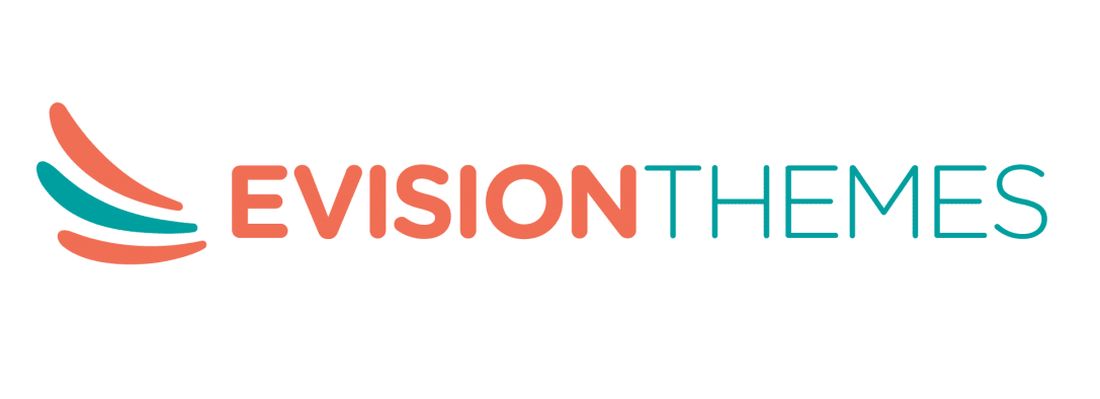In the changing world of marketing the importance of SEO (Search Engine Optimization) cannot be overstated. It serves as the foundation, for visibility ensuring that websites are easily discoverable and rank well in search engine results pages (SERPs). While SEO strategies encompass tactics, one crucial aspect that is sometimes overlooked is web design. This article explores the definition and principles of SEO web design discussing how it contributes to the visibility of a website on search engines and enhances user experience.
SEO-friendly web design refers to the practice of creating and structuring websites in a way that facilitates search engine crawling, indexing, and ranking. At the time it provides an engaging experience for users. It involves incorporating design elements, technical optimizations, and content strategies that align with search engine guidelines and algorithms. Ultimately this approach enhances the visibility and accessibility of a website, in search results.
Principles of SEO-Friendly Web Design:
Designing for Mobile Devices:
Given that most internet users access websites through devices these days having a mobile website is no longer optional—it’s crucial. An SEO-friendly website must be responsive enough to adapt to screen sizes and resolutions.
Designing websites to be mobile-friendly has benefits. Not only does it enhance the user experience. It also meets Google’s mobile-first indexing requirements, which positively impacts search rankings.
When it comes to SEO and user experience page speed optimization is vital. Slow-loading webpages can frustrate users. Resulting in bounce rates ultimately affecting search engine rankings. SEO-friendly web design focuses on optimizing page speed through techniques, like reducing code size utilizing browser caching, and optimizing image dimensions. By delivering fast-loading pages websites can enhance user satisfaction. Achieve better search engine rankings.
Having a clean and semantic HTML structure is crucial for search engine crawlers to comprehend and index website content effectively. SEO-friendly web design emphasizes the use of HTML code that facilitates easy crawling and indexing. Organized HTML improves the relevance and context of the content thereby contributing to visibility in search engines. Additionally incorporating elements like heading tags (H1, H2) or schema markup provides valuable information about the importance and meaning of different content elements.
Optimizing images and multimedia content is essential, for improving user engagement and conveying information effectively. However, if media files are not optimized properly they can adversely affect page load times and SEO performance.
Creating web designs that are optimized for search engine optimization (SEO) involves techniques. One important aspect is to optimize images and multimedia assets, which includes compressing file sizes using filenames and adding text attributes. This does not improve the speed of web pages. Also enhances accessibility and helps search engines discover content.
In addition, to optimization techniques, it’s crucial to focus on user navigation and internal linking. Good navigation plays a role in providing a browsing experience for visitors. From an SEO perspective structured navigation and internal linking contribute to the discovery and indexing of content by search engine crawlers. When designing SEO websites it’s important to create navigation menus organize content hierarchically and strategically interlink related pages. Effective internal linking ensures that link equity is distributed throughout the website thereby enhancing the visibility of pages, in search results.
Why SEO-friendly design matters for search engine visibility

Having a design that is optimized for search engine visibility is crucial because it directly affects how search engines perceive and analyze website content. The design of a website influences factors, like compatibility, page loading speed, HTML structure, and navigation hierarchy.
All of which have a significant impact on search engine algorithms. By implementing SEO design practices websites can ensure that search engine crawlers can easily navigate and comprehend their content resulting in indexing and higher rankings in search results. Additionally, an SEO-friendly design enhances the user experience, by providing loading times intuitive navigation, and optimized multimedia elements. This ultimately leads to bounce rates and increased user engagement.
Key Elements of SEO-Friendly Web Design

The key elements of SEO-friendly web design encompass various facets that collectively contribute to a website’s search engine visibility and user experience. Firstly, responsive design stands as a fundamental pillar, ensuring that websites adapt seamlessly to different devices and screen sizes. This not only caters to the growing mobile user base but also aligns with Google’s mobile-first indexing, which prioritizes mobile-friendly websites in search rankings.
Additionally, page speed optimization plays a crucial role in enhancing both SEO and user experience. By optimizing loading times through techniques like browser caching, minification of code, and image compression, websites can mitigate bounce rates and improve search engine rankings. Moreover, clean and semantic HTML structure aids search engine crawlers in understanding and indexing website content effectively. Proper use of semantic markup, such as heading tags and schema markup, provides context and relevance to content elements, further bolstering search engine visibility.
Furthermore, optimized images and multimedia assets contribute to faster loading times and better user engagement, while user-friendly navigation and internal linking enhance both usability and crawlability. By integrating these key elements into their web design strategies, businesses can create websites that not only rank well in search results but also deliver seamless and engaging experiences for users across devices.
- Responsive Design
- Page Speed Optimization
- Clean and Semantic HTML Structure
- Optimized Images and Multimedia
- User-Friendly Navigation and Internal Linking
- Content Optimization for SEO
- High-Quality Content Creation
- Technical SEO Considerations
- XML Sitemap Creation and Submission
- Measuring and Monitoring SEO Performance
It is crucial for web design companies to prioritize the needs of both search engines and users in order to create sustainable websites. While optimizing websites, for search engine visibility is important it is equally essential to ensure a user experience.
Striking a balance between these two aspects requires taking an approach that considers the technical requirements of search engine algorithms as well as the preferences and behaviors of human users. If a website focuses on SEO without considering user experience it runs the risk of alienating visitors and losing customers.
On the other hand, neglecting SEO in favor of aesthetics or usability may result in online visibility and missed opportunities for organic traffic. Therefore web design firm like OWDT must adopt an approach that combines SEO practices, with user-centered design principles ultimately delivering websites that perform well in search engine rankings while also satisfying users.

